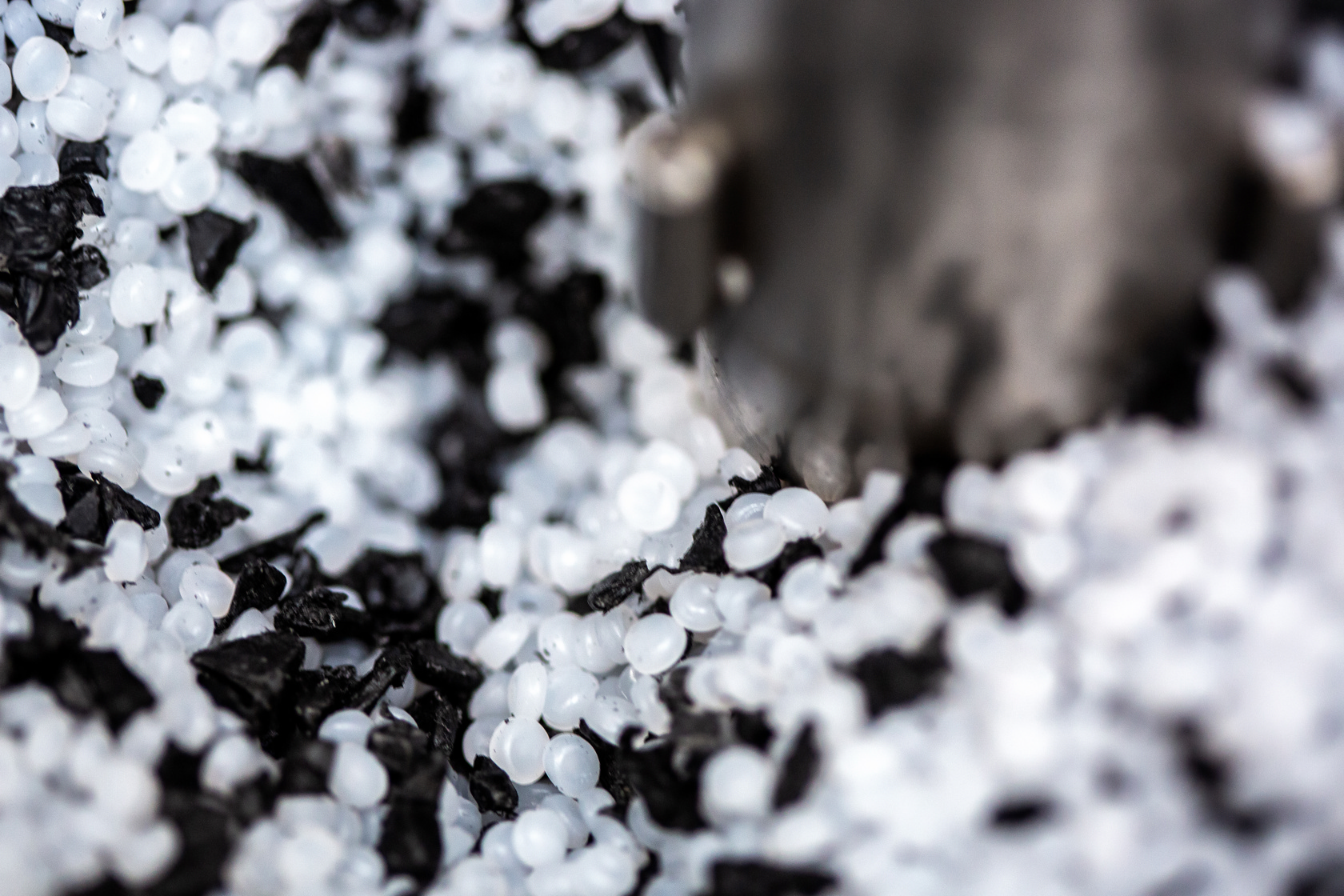
Materials for injection moulding
materials for injection moulding
At Unika Danmark, we work with a wide range of technical plastics.
We process materials such as POM, PC, PMMA, PA, PP, and ABS – each chosen for its specific properties, including wear resistance, chemical resistance, optical clarity, and dimensional stability. See the table for an overview of the most commonly used materials, their applications and key characteristics.
We collaborate closely with raw material suppliers and draw on their specialised knowledge to identify the optimal material for each plastic component.
Recycled materials are naturally part of our considerations when selecting plastics, and we use them frequently where it makes sense.
Material | Mechanical Properties | Operating Temperature (Range) | UV Resistance | Chemical Reaction | Typical Applications |
ABS (Acrylonitril Butadien Styren) | Impact-resistant, good stiffness | -20 °C to +85 °C | Poor without additives | Moderate | Housings for electronics, toys, car interiors |
PA (Polyamide, fx PA6/PA66) | High strength, wear-resistant, tough | -40 °C to +120 °C | Poor to moderate without additives | Good, but sensitive to acids and bases | Gears, bushings, brackets, cable ties |
PBT (Polybutylenterephthalate) | Good strength and stiffness, dimensionally stable | -30 °C to +130 °C | Good | Very good, especially against solvents | Electrical connectors, plugs, car parts |
PC (Polycarbonate) | Very impact-resistant, tough, moderately stiff | -40 °C to +135 °C | Poor without additives | Limited, sensitive to solvents and strong chemicals | Protective glasses, optics, helmets |
PMMA (Acrylic) | Hard, stiff, but brittle | -40 °C to +90 °C | Very good | Poor to moderate | Lenses, signs, windows, displays |
POM (Polyoxymethylene / Acetal) | Very strong, low friction, good wear resistance | -50 °C to +100 °C | Poor without additives | Very good, including resistance to fuels and solvents | Gears, valves, precision components |
PP (Polypropylene) | Tough, flexible, good chemical resistance | 0 °C to +100 °C | Poor to moderate without additives | Very good | Household goods, hinges, medical equipment |
PPS (Polyphenylene Sulfide) | Very high strength, stiffness, thermally stable | -40 °C to +260 °C | Good | Excellent, also resistant to acids and bases | Electronics, automotive, chemical industry |
TPE (Thermoplastic Elastomer) TPV (Thermoplastic Vulcanizate) | Good flexibility, medium to high wear resistance | -40 °C to +120 °C (depending on type) | Moderate | Good to very good | Seals, grips, gaskets, soft components |
TPU (Thermoplastic Polyurethane) | Very high wear resistance, high tensile and tear strength, elastic and tough | -40 °C to +120 °C (varies by type) | Good to very good | Good, especially against oil, grease, and abrasion | Cable protection, technical components |
Further Information:
- The mechanical and thermal properties, UV resistance, and chemical resistance can be adjusted by adding additives and fillers, depending on the intended use of the plastic component.
- Operating temperature ranges are approximate and may vary depending on the specific material type, additives, and required service life.
- Chemical resistance is a general indication only — when selecting a material, a detailed evaluation should be made using a chemical resistance chart.
- TPE and TPU are groups of materials whose properties vary significantly depending on their chemical structure and formulation.
To achieve the desired properties for a component, various fillers and additives can be added, for example:
- Antistatic agents → Reduce static electricity
- Flame retardants → Increase fire safety
- Glass fibers → Improve stiffness and heat resistance
- Masterbatch / Colorants → Achieve the desired color
- Minerals (e.g. talc, chalk) → Improve dimensional stability
- Impact modifiers (e.g. rubber) → Increase impact strength
- Wear additives (e.g. PTFE) → Reduce friction and wear
- UV stabilizers → Protect against UV degradation and improve weather resistance